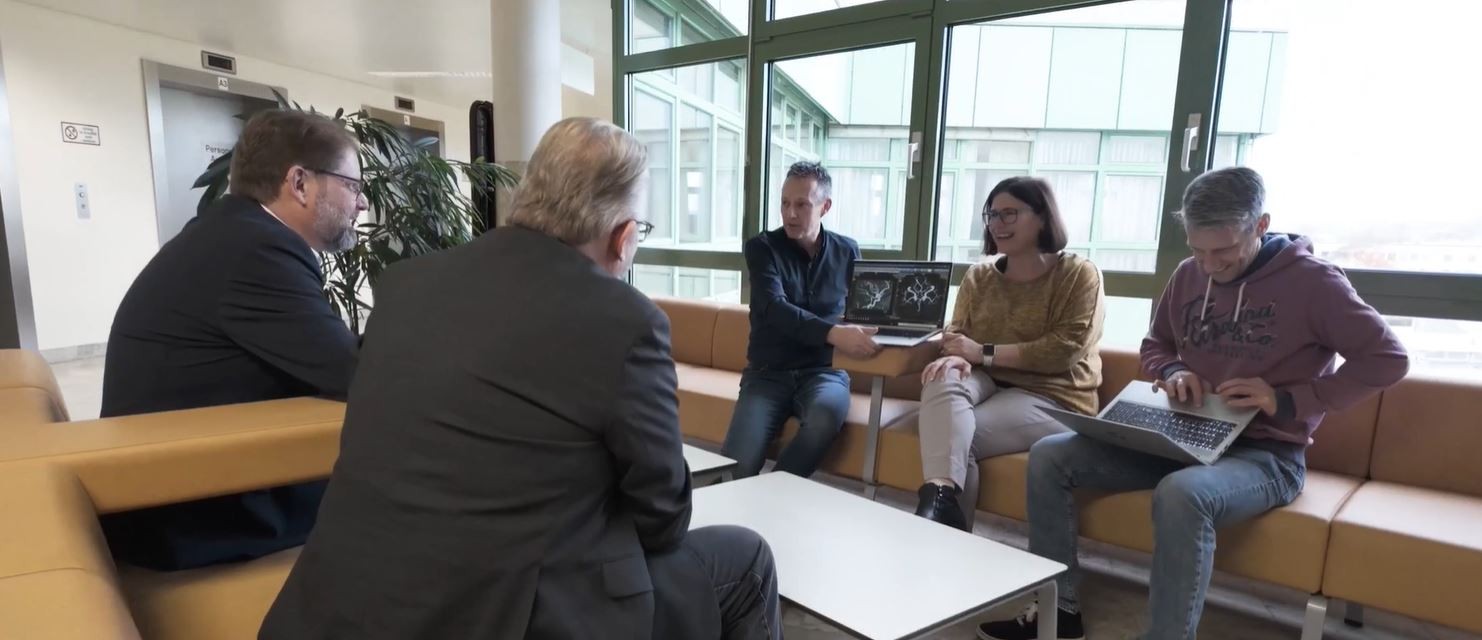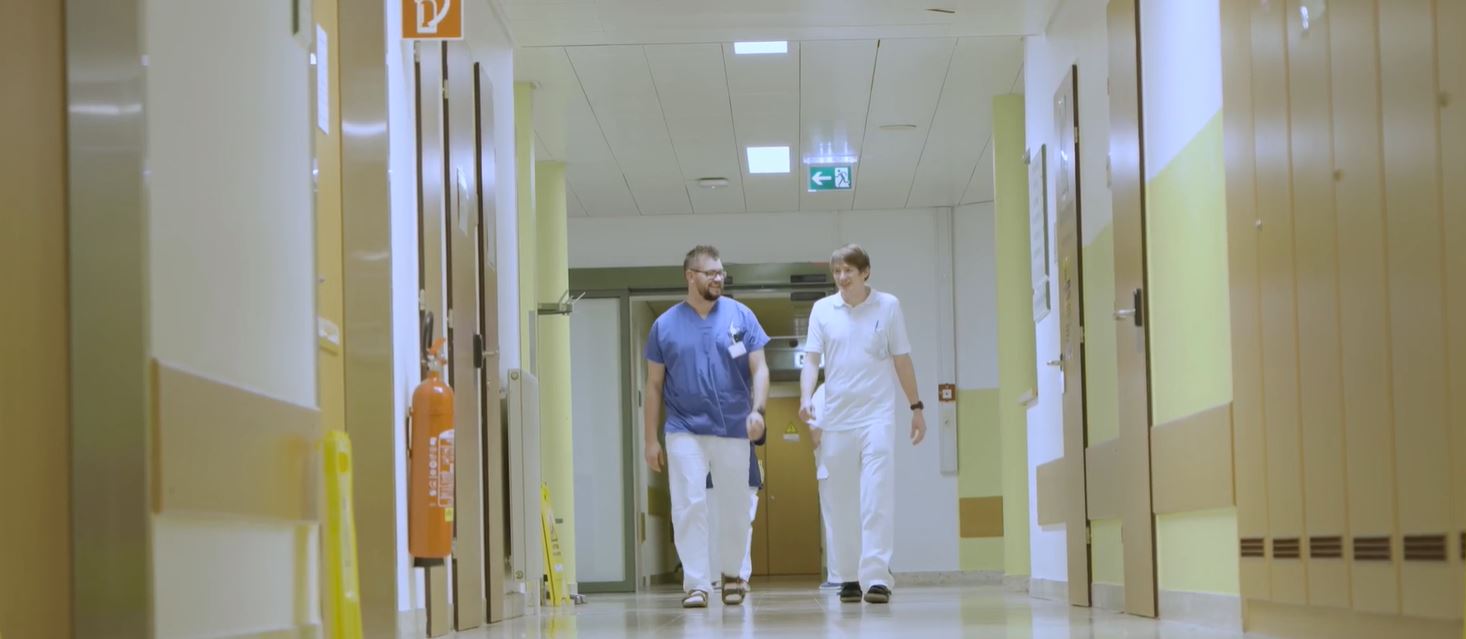Transforming Healthcare Collaboration: The Waldviertel Case Study
The lack of access to healthcare can be a significant challenge for residents in rural areas where services are sparse, creating significant healthcare inequalities. These concerns are further exacerbated by the shortage of radiologists and other healthcare professionals across Europe that decreases the availability of specialist services. The sharing of electronic patient records (EPR) between sites should in theory help to overcome these challenges somewhat, by allowing specialists to access them remotely, enabling fast diagnoses, while overcoming staff shortages. However, only a low percentage of institutions regularly exchange clinical data with other healthcare facilities, creating inefficient practices, duplicating data and limiting the quality of patient care.
The Waldviertel region of Austria is an example of an area that faced these exact challenges; despite being close to the capital of Vienna, it is a very rural agricultural region and one of the least inhabited areas of the country with only 220,000 inhabitants. Because of this, the region struggles with significant doctor shortages and a lack of resources that mean its existing healthcare facilities are facing increasing demands for their services. The Lower Austrian Regional Hospitals Holding – responsible for maintaining the region’s five hospitals and their affiliated nursing homes – worked with GE HealthCare to automate its exchange of medical imaging and patient records between sites and address these issues by reducing workflow inefficiencies.
Alexander Bernegger*, Project Manager for Waldviertel, who specialises in strategic, IT and health economics support, explained the importance of this project: “Obsolescence is a big challenge in the Waldviertel area. This typically translates to hospitals struggling to handle heightened demands for services, with limited resources and inefficient, outdated systems. The area is also rural, so struggles with a lack of accessible infrastructure. In one scenario, the radiologist may be stationed at position A, the traumatologist at position B and the trauma victim themselves at position C, so it is imperative that they are able to communicate quickly to make informed decisions about subsequent treatment. We started to explore how we could use technology to achieve this. Our goal was to create a longitudinal patient record across our hospitals and outpatient centres, thus improving our quality of care and reducing costs.”
Marcel Schuller, Customer Success Manager at GE HealthCare, added: “We are witnessing a trend in Austria where specialised resources are becoming increasingly scarce, making the movement of data between locations where specialists operate and patients live more important than ever. The aim of the project was to establish a seamless collaboration between the five hospitals – Gmünd, Waidhofen/Thaya, Zwettl, Horn and Allentsteig – enabling them to share data, without the need for cumbersome transfers or synchronisation to a single central repository, which would traditionally cause delays and possible errors. This was a very interesting project for GE HealthCare to be a part of, given the emphasis on decentralisation.”
A collaborative effort
Exchanging data seamlessly between hospitals enables interdisciplinary communication, so that healthcare teams can collaborate to make patient management decisions about diagnosis, treatment and transfers. The Lower Austrian Regional Hospitals Holding uses GE HealthCare’s Centricity™ radiology information system (RIS), picture archiving and communication system (PACS) and clinical archiving technologies, along with Centricity Universal Viewer’s Cross Enterprise Display, to standardise image archiving and allow access to patient records at any of the five sites in just one click. This helps to overcome the challenge of staff shortages, by allowing trauma teams to have oversight and operate from any hospital within the region, without the need to import and send images. Radiologists also have full visibility of all previously archived images, streamlining the reviewing process for quicker and more accurate diagnoses, regardless of their current location. This helps to enhance the quality of patient care, by avoiding the need for multiple scans, limiting exposure to radiation and minimising waiting times.
Doris Pressinger*, Radiologist, explained the benefits of this system: “The decision to transfer patients is now a collaborative effort, involving the treating doctor, external clinic and trauma surgeon, for example. They have immediate access to all relevant images – even if they are taken at another hospital – enabling them to comprehensively assess any case. As soon as the images are uploaded to the PACS, they are accessible to all those involved in patient care. In one incident, a young patient presenting with a headache was being examined at Zwettl hospital, while our radiologist in Horn was able to simultaneously review the images remotely and request an additional examination with contrast agents. The request was promptly executed while the patient remained on the examination table, leading to an efficient diagnosis.”
A trusting partnership
Embarking on a collaboration to overhaul existing archiving systems was a large undertaking that was only made possible by the close collaboration between medical and IT teams at The Lower Austrian Regional Hospitals Holding, and GE HealthCare engineers. Alexander Bernegger described his experience of this partnership: “We cultivated a collaborative environment for communication between individuals at GE HealthCare and our team members, who were tasked with structuring and coordinating this project closely with the project managers. Now it is established, the collaboration works seamlessly. When hardware failures or system bugs occur, GE HealthCare’s structured service architecture helps us to catch and rectify these errors as quickly as possible.”
Doris Pressinger concluded: “The relationship with GE HealthCare is characterised by a mutual respect and a sense of ease when working together. If someone were to embark on a similar project, I would strongly recommend seeking out a reputable partner with experience in similar projects like GE HealthCare. The key is not to reinvent the wheel but rather to leverage existing solutions and expertise.”
Explore how GE HealthCare is transforming healthcare with innovative solutions. Discover more at Ultimately Human.
*Alexander Bernegger, Doris Pressinger and GEHC do not have a contractual relationship beyond the fact of being a GEHC product end user. Their statements are based on their own opinions and on results that were achieved in their unique setting. Actual results may vary. GE HealthCare does not guarantee results.



